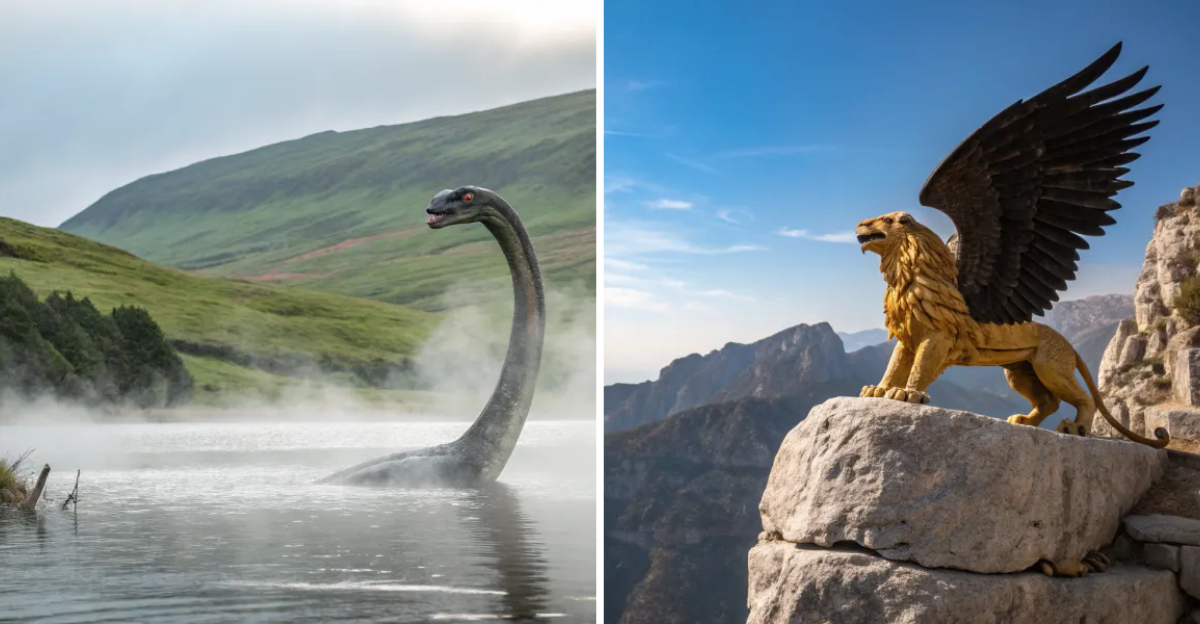Throughout history, cultures worldwide have whispered tales of mythical monsters. These stories often invoked both awe and fear, leading many to speculate about their origins. Some believe these tales stem from actual sightings of less fantastical beasts, misunderstood in an era without modern science.
By exploring these mythical monsters, we might uncover the animals that inspired them, shedding light on age-old mysteries.
1. The Kraken
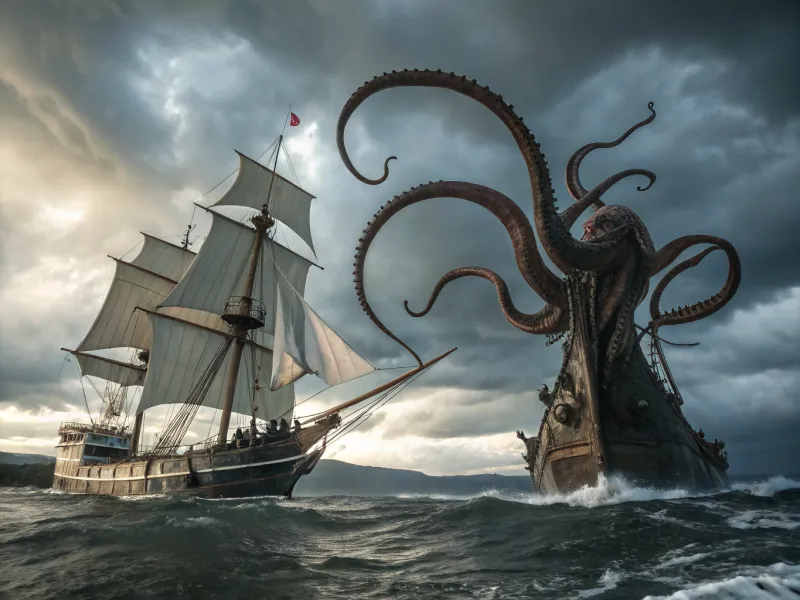
Many sailors once feared the monstrous Kraken, a giant sea creature said to drag ships into the depths. Ancient mariners might have spotted giant squids, which can grow up to 43 feet in length. These deep-sea dwellers rarely surfaced, making sightings incredibly rare.
The elusive giant squid, with its long tentacles and immense size, would certainly inspire tales of sea monsters. Sailors might have exaggerated these features, crafting tales of the Kraken’s wrath. Such stories spread quickly, fueled by fear and fascination.
In an era lacking underwater exploration, the ocean’s mysteries were endless. With the giant squid lurking below, it’s no wonder such legends emerged. These tales highlight humanity’s fascination with the unknown, blending reality with imagination.
2. The Yeti
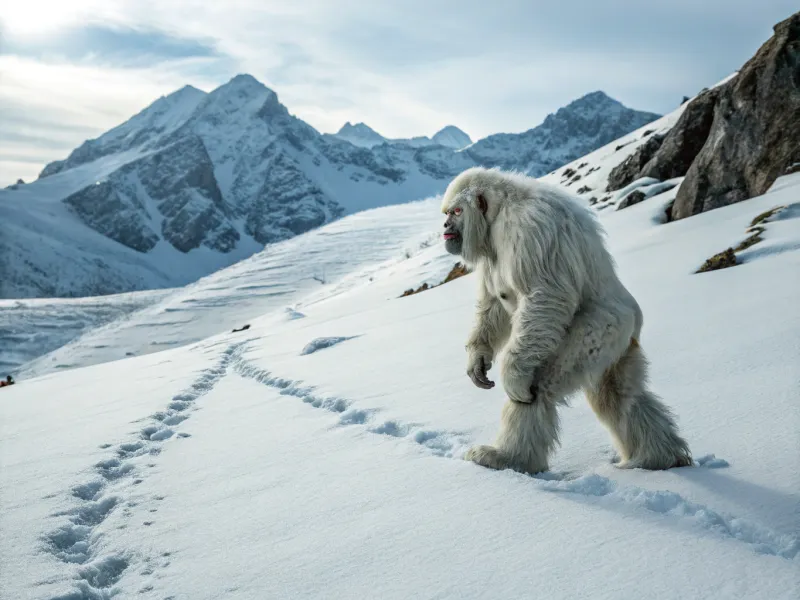
In the frigid Himalayas, the legend of the Yeti has persisted for generations. Described as a large, bipedal creature covered in white fur, it roams the snowy peaks. This myth may have roots in sightings of the Himalayan brown bear or the Tibetan blue bear.
These bears can stand on their hind legs, mimicking the appearance of a humanoid figure. Their elusive nature and remote habitat make them perfect subjects for myth. Local folklore often enhances these tales, weaving them into cultural narratives.
While scientific evidence is scarce, many expeditions have searched for the Yeti. Each expedition adds layers to the myth, keeping the legend alive. These stories underscore our enduring curiosity about the natural world.
3. The Chupacabra
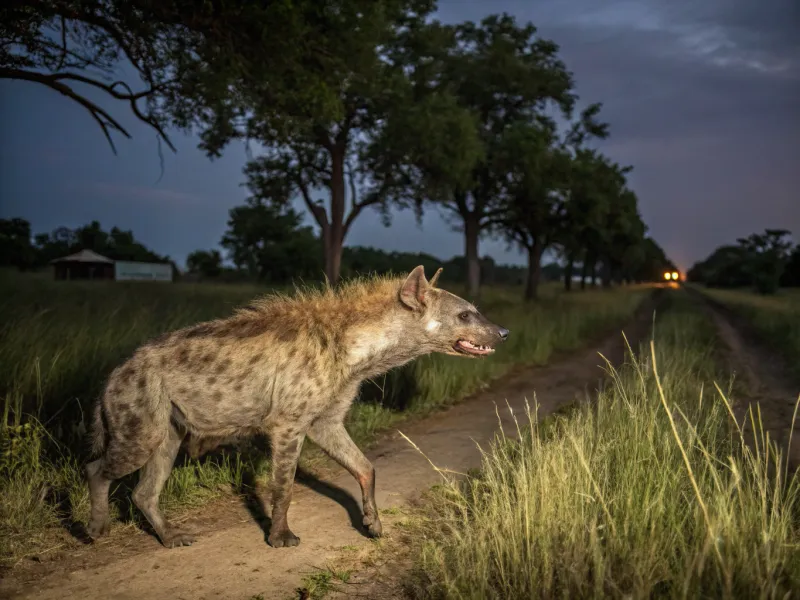
The Chupacabra, infamous in Latin America, is described as a creature that preys on livestock, leaving them drained of blood. The legend possibly emerged from sightings of diseased coyotes or wild dogs.
These animals often suffer from mange, causing hair loss and skin issues, giving them an unusual appearance. Such a sight could easily be mistaken for something otherworldly, especially under low-light conditions. Local myths amplify these stories, attributing supernatural traits to the Chupacabra.
Despite many claims, concrete evidence remains elusive. This tale highlights the interplay between environmental factors and human imagination, weaving new myths from old fears.
4. The Loch Ness Monster
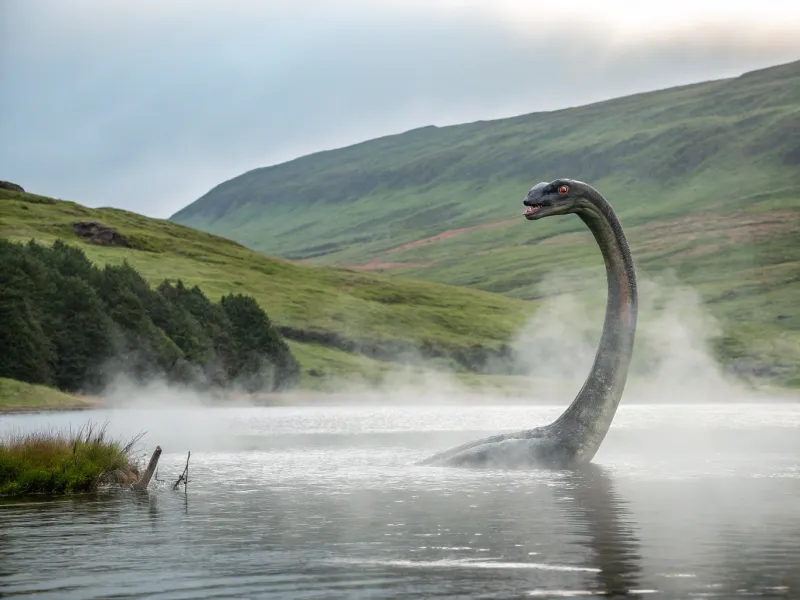
Nessie is perhaps the most famous lake monster. Descriptions often resemble a plesiosaur, a long-extinct marine reptile. This legend likely stems from sightings of large sturgeon or catfish.
These fish can grow impressively large, with elongated bodies that ripple through water. In the murky depths of Loch Ness, a fleeting glimpse might lead to exaggerated tales. Local legends and hoaxes further fuel the mystery.
Despite numerous expeditions, Nessie remains elusive, captivating the public’s imagination. This myth serves as a reminder of the secrets our natural world may hold, just waiting to be discovered.
5. The Jersey Devil
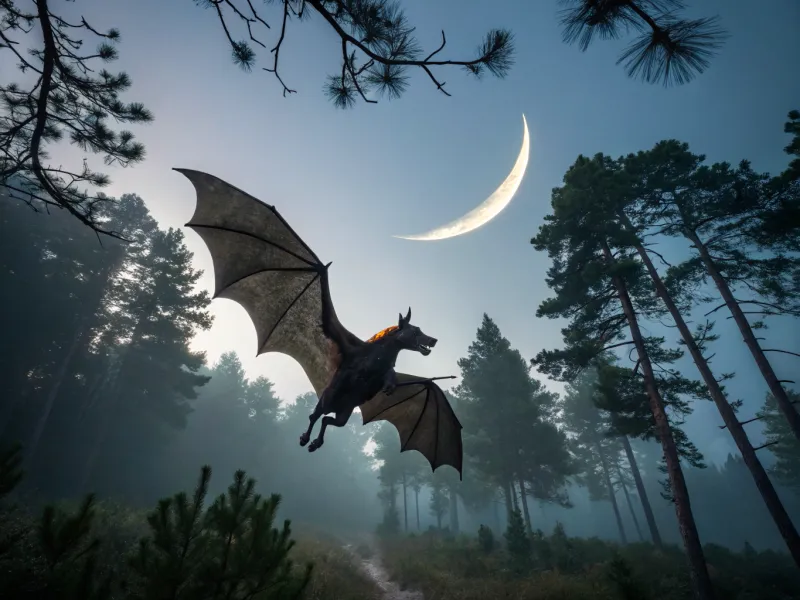
The Jersey Devil roams the Pine Barrens of New Jersey, blending characteristics of different animals into one. It could have originated from sightings of the sandhill crane or other local wildlife. The crane, with its unusual call and flight patterns, might be mistaken for something supernatural.
Dense forests and eerie landscapes further enhance the mystery. Folklore and local tales add to the myth’s intrigue. While the Jersey Devil remains unproven, it continues to be a cultural icon. This legend illustrates how local environment and imagination intertwine, creating enduring myths.
6. The Mokele-Mbembe
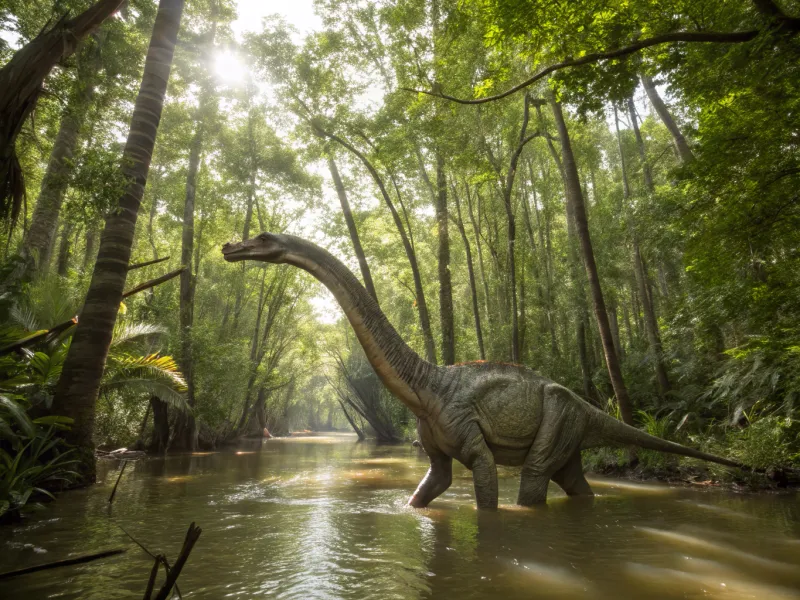
Deep in the Congo Basin, stories of the Mokele-Mbembe persist. Described as a dinosaur-like creature, it might be based on sightings of large reptiles or unfamiliar animals. The dense jungle and remote location foster an environment ripe for myths. Explorers and locals alike have shared tales of this elusive beast.
Cultural interpretations further enrich these stories. Though expeditions seek evidence, Mokele-Mbembe remains a mystery. These tales reflect humanity’s quest to understand the unknown, bridging past and present in a web of legend.
7. The Bunyip
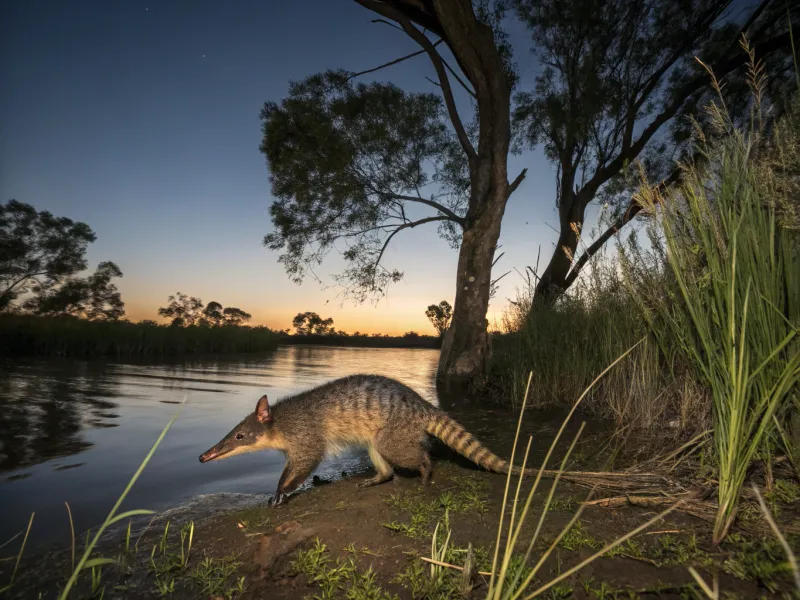
A creature from Australian Aboriginal mythology which is said to inhabit swamps and billabongs. It might be linked to sightings of seals or other semi-aquatic animals mistaken for something more sinister. The nocturnal habits and eerie calls of such animals could easily lead to terrifying tales.
The Bunyip embodies the unknown, blending aquatic elements with terrestrial myths. These stories serve as cautionary tales, warning of dangers lurking in the wild. Despite varying descriptions, the Bunyip remains a compelling myth. It highlights how cultural stories adapt to local environments.
8. The Basilisk
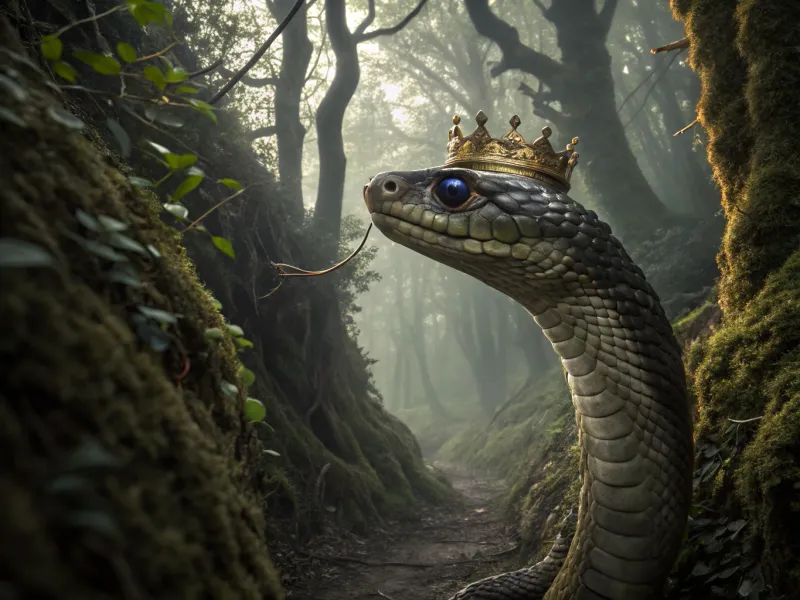
Tales of the Basilisk describe a creature capable of ending a life with just a glance. Originating in European myths, it might be based on sightings of large serpents or cobras. The fearsome reputation of these snakes, combined with their venom, could inspire such legends.
Medieval settings and superstitions further embellish the myth. These tales often symbolize danger and the unknown. Though the Basilisk is a myth, it highlights how real fears manifest in stories. It serves as a reminder of the power of nature and the depths of human imagination.
9. The Griffin
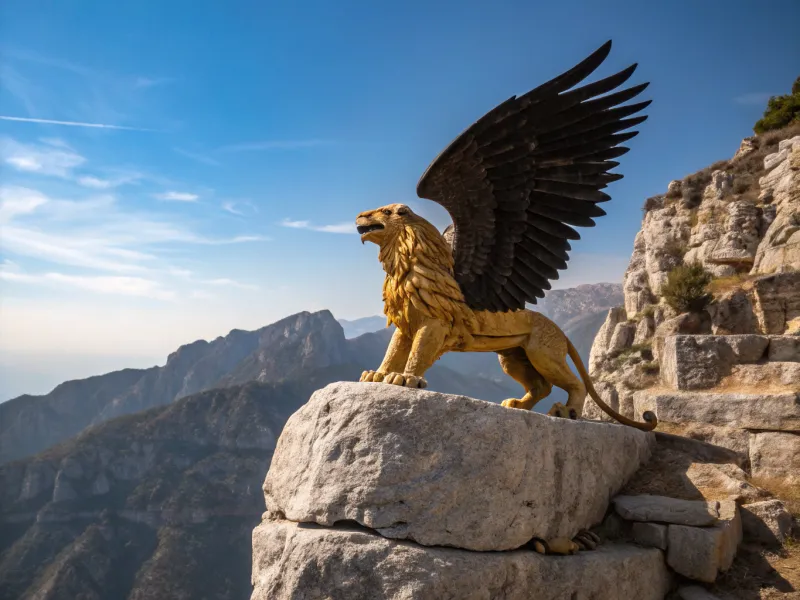
Griffins, with the body of a lion and the wings of an eagle, are staples of ancient mythology. Their origins may lie in early encounters with dinosaur fossils or large birds of prey. The majestic nature of both eagles and lions combines into an awe-inspiring creature.
Ancient peoples might have misinterpreted fossilized remains, crafting stories around them. Cultural symbolism enriches these legends, blending strength and nobility. As symbols of power and protection, Griffins continue to captivate imaginations. They underscore the human tendency to attribute mythical qualities to the unknown.
10. The Selkie
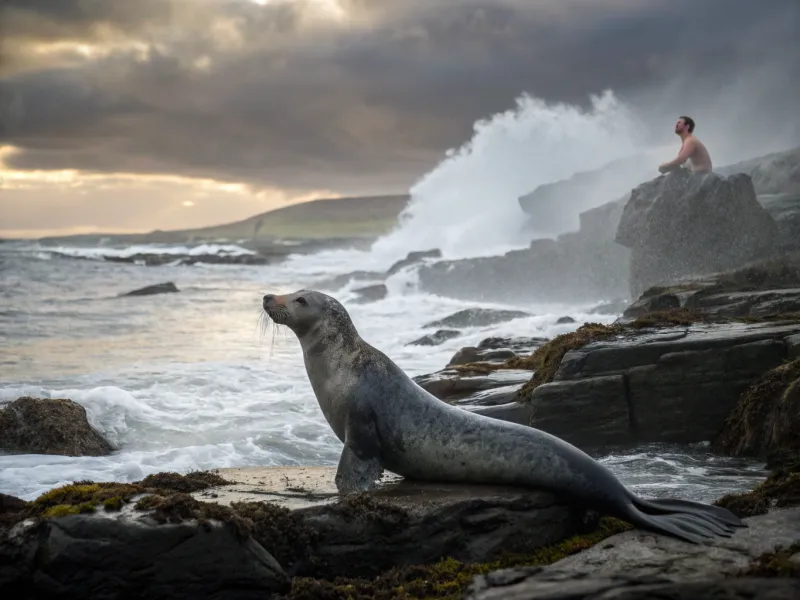
Selkies, from Scottish folklore, are seals that can shed their skin to become human. These tales might have originated from sightings of seals or other marine animals. The transformation aspect reflects the mysterious nature of the sea.
Coastal communities, reliant on the ocean, would naturally weave tales around its inhabitants. The dual nature of Selkies symbolizes the boundary between land and sea. These myths highlight the cultural importance of the sea, using fantasy to explain its wonders. They resonate with themes of longing and transformation.
11. The Wendigo
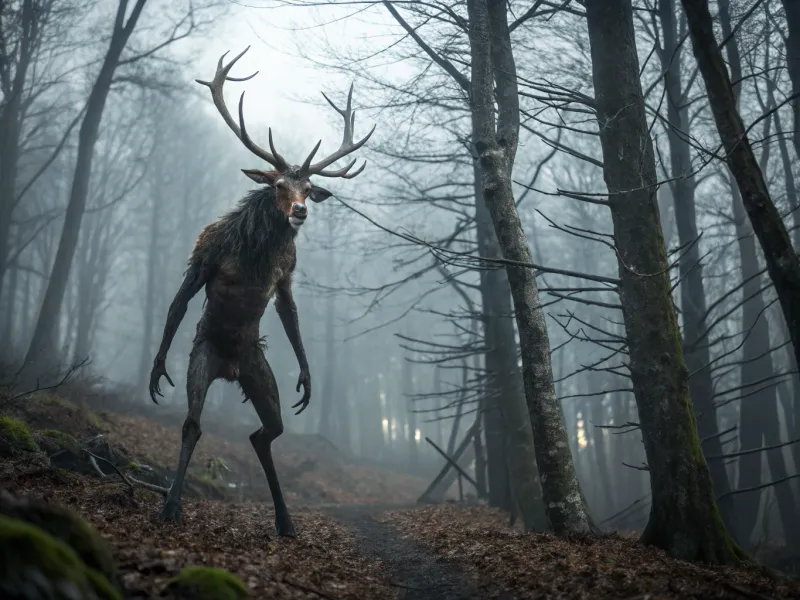
The Wendigo is a creature from Algonquin folklore, symbolizing insatiable hunger. It might be linked to sightings of emaciated animals or humans during harsh winters. The harsh conditions of the North American wilderness fostered stories of survival and fear.
This creature embodies these themes, warning against greed and isolation. Cultural narratives enrich the myth, adding moral lessons. These tales reflect the struggle against nature’s unforgiving elements, blending reality with supernatural themes.

